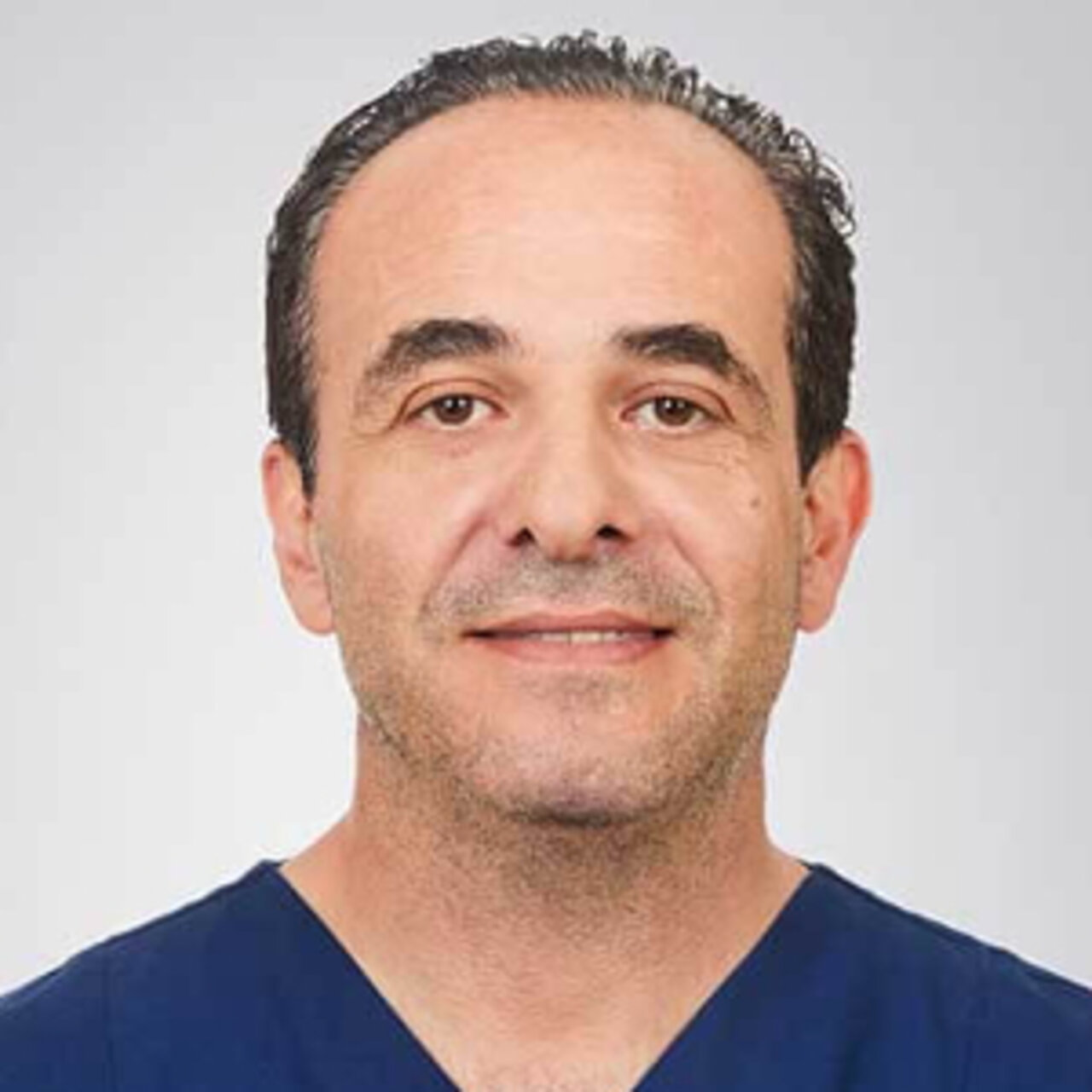Specialists in Breast MRI
5 Specialists found
Information About the Field of Breast MRI
What Is a Breast MRI?
A breast MRI, also known as a mamma MRI, is a radiological examination method used to image breast tissue. With the help of such an MRI, specific benign or malignant changes in the breast can be visualized, diagnosed, and examined in more detail. In an MRI (magnetic resonance imaging/tomography), a powerful magnetic field is generated in a tube where the patient is moved. This causes certain atoms in the body to react, and because of radio impulses applied, signals are emitted, which are recorded outside. Depending on the composition of the tissue, different signals are generated, which are then processed by a computer. This results in cross-sectional images that the doctor can evaluate and analyze. No X-rays or radioactive radiation are used in an MRI examination. This method is particularly good at visualizing soft tissue and fluid-filled cavities.
When Is an MRI of the Breast Carried Out?
Magnetic resonance imaging of the breast is often performed when breast cancer is suspected. For example, this may be the case if a tumor was found in the breast during a mammogram or ultrasound, but the finding could not be clearly attributed. MRI is a very sensitive and accurate method that can be used to distinguish between, for example, malignant and benign tumors or even scar tissue. Even tiny tumors or precancerous lesions can often be detected. A breast MRI is therefore also performed as early detection in women with a high familial risk of breast cancer. An MRI examination is also beneficial before surgery, as the exact extent and location of tumors and tissue condition can be assessed. In addition, the procedure is used to monitor the course of the disease, for follow-up care, and exclude recurrence (recurrence of cancer).
Another application of breast MRI is the examination of breast implants. Possible defects or other complications can be diagnosed in this way.
What Is the Procedure for Breast MRI?
In principle, breast MRI examination should occur in the second week of the menstrual cycle in women who have not yet reached menopause, as the breast tissue, subject to hormonal changes, can be best visualized and assessed at this time. Metallic items such as jewelry, piercings, hearing aids, or dentures must be removed before the procedure. If the patient has joint implants, a pacemaker, or similar, this must be stated in a prior review. The attending physician will explain the examination's possibilities, benefits, risks, and possible alternatives.
The patient is moved into the tubular MRI machine for the MRI examination in the prone position. The breasts are positioned in a specific device and minimally compressed during this procedure. This reduces disturbing motion artifacts and improves image quality. Before the examination, venous access is made to the hand or arm. First, MRI images are taken without a contrast medium. Then the patient is injected with a contrast medium into the vein and distributed in the bloodstream. This allows better assessment of blood flow to the breast and abnormalities in the blood supply to tumors. The entire examination takes about 30 minutes. The patient should lie as still as possible during this time. A sedative may be administered if this is not possible for various reasons.
The MRI machine produces quite loud, thumping sounds during the examination, so wearing earplugs or earmuffs is provided.
Which Is Better Mammography or MRI?
Mammography, an X-ray examination of the breast, is an established procedure used in Germany for breast cancer screening in women between 50 and 70 and has become the national recommendation. In younger women, mammography is usually performed only if there is a specific suspicion of malignancy; however, at younger ages, ultrasound or even MRI may be more appropriate and preferred due to the risks of X-ray screening and the nature of the mammary gland.
Mammography is a proven, quick, and easy method of detecting pathological changes in the mammary gland. However, it often detects non-malignant abnormalities that may result in follow-up treatments. In addition, there is a risk of overdiagnosis and overtreatment, i.e., regular screening detects tumors that would never have caused symptoms but whose treatment impairs the patient's quality of life.
Breast MRI is very sensitive, so changes in breast tissue are detected very well. Therefore, unlike mammography, even smaller tumors can be detected at even earlier stages. While this is often advantageous, for example, in genetically predisposed patients or cases of suspected cancer recurrence, this high sensitivity can also lead to unnecessary follow-up examinations of non-malignant changes, which on the one hand, cause further costs and lead to uncertainty and psychological stress for the patients. In addition, a breast MRI is much more expensive than a mammogram and is only covered by health insurance in some instances. In contrast, a regular X-ray mammogram is usually covered. Therefore, MRI examinations are also more costly than mammography.
In summary, X-ray mammography remains the standard screening procedure for breast cancer. MRI, on the other hand, is particularly advantageous in young patients with an increased familial risk of cancer, whose dense breast tissue is more challenging to assess on mammography and is also used for early detection. Otherwise, breast MRI remains an additional examination for selected cases.
How Much Does Breast MRI Cost?
In some instances, the costs for a breast MRI are only covered by statutory health insurance. These include, for example, breast cancer that has already been diagnosed with a new abnormal finding or certain genetic risks—the examination costs between 200 and 600 euros for self-payers.
Which Doctors and Clinics are Specialists for Breast MRI?
In principle, breast MRI is performed in clinics or practices for radiology. However, the examination is arranged by gynecologists or gynecologically oriented oncologists, i.e., doctors specializing in gynecological cancers such as breast cancer. In addition, a breast MRI is often offered within a breast center (also mamma center). This refers to your department within a clinic specializing in breast diseases. Within this center, various specialties work together, such as gynecologists, radiologists, oncological surgeons, psychologists, and pathologists.
Every patient who needs a doctor wants the best medical care. Therefore, the patient is wondering where to find the best clinic. As this question cannot be answered objectively, and a reliable doctor would never claim to be the best one, we can only rely on the doctor's experience.
We will help you find an expert for your condition. All listed doctors and clinics have been reviewed by us for their outstanding specialization in MRI Breast and are awaiting your inquiry or treatment request.
Sources:
- Uniklinik Köln MRT Mammographie
radiologie.uk-koeln.de/erkrankungen-therapien/untersuchung-behandlung/mrt-mammographie/
- Radiologie Darmstadt Mamma MRT
www.radiologie-darmstadt.de/spezialverfahren/mamma-mrt/
- Krebsgesellschaft Onko-Internetportal Brustkrebs Diagnoseverfahren
- IGeL Monitor
www.igel-monitor.de/igel-a-z/igel/show/mrt-der-brust-zur-krebsfrueherkennung.html





